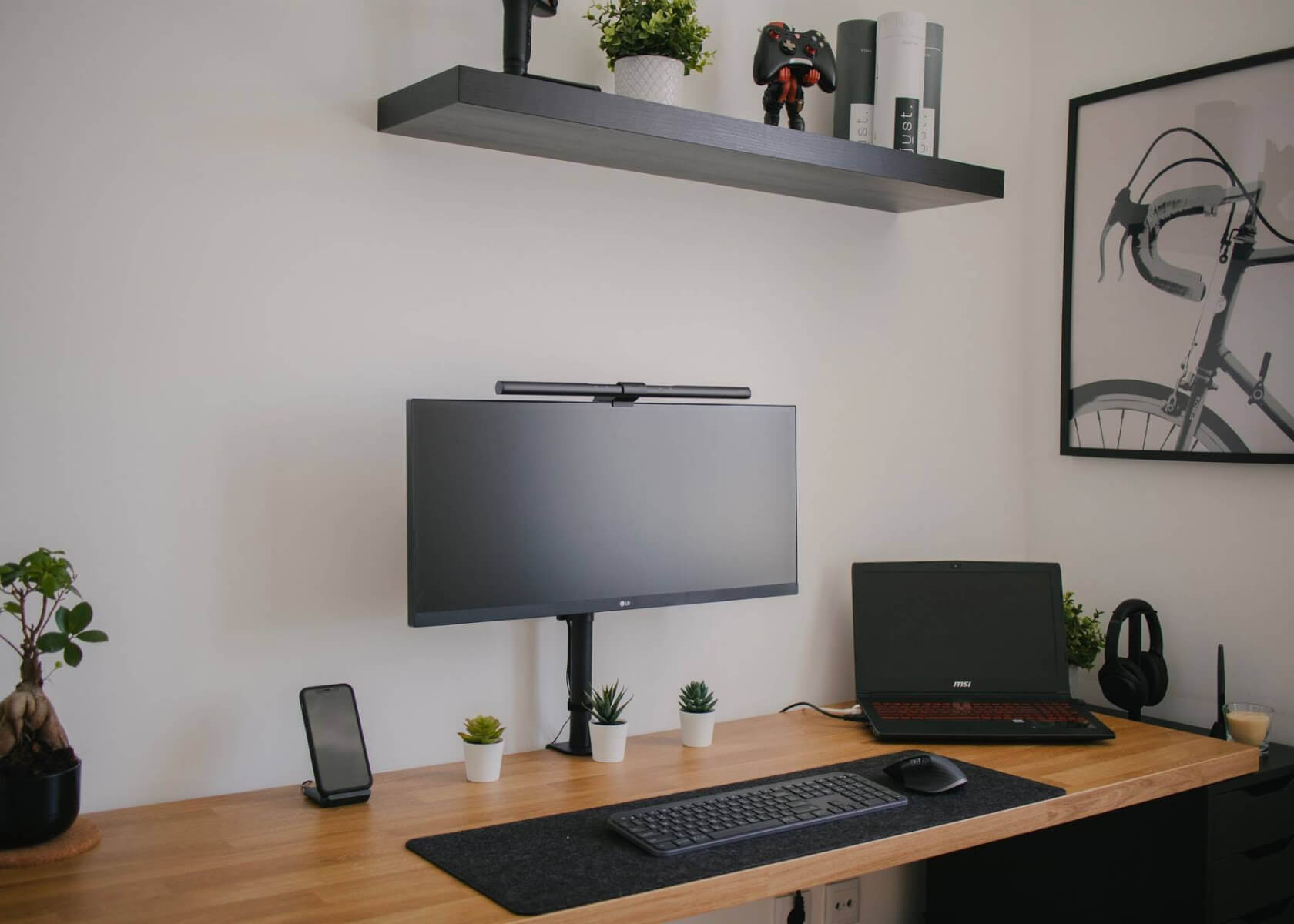Guide to Creating Custom Notion Templates: Step-by-Step Tutorial for Efficient Workflow Organization

New to Notion?
How to Build Custom Notion Templates
Notion is a powerful all-in-one tool that allows users to create and organize work, projects, and personal life. One of the many features that makes Notion versatile is the ability to create custom templates. Custom templates streamline workflows, maintain consistency, and save time by providing ready-to-use pages or databases for specific tasks or projects. In this article, we will guide you through building custom Notion templates to enhance your productivity and efficiency.
Understanding the Basics of Notion Templates
Before diving into the creation process, it's important to understand the basics of Notion templates. Templates in Notion are pre-designed pages or databases that you can reuse for various purposes. They define the structure, layout, and content of your pages or databases so you always start with a consistent format.
By creating your own custom templates, you can tailor Notion to your specific needs—whether it's for personal organization, team collaboration, or project management. You can design templates for daily to-do lists, meeting agendas, content calendars, team dashboards, and more.
Step-by-Step Guide to Building Custom Notion Templates
Step 1: Plan and Define Your Template
Before you start creating anything, take time to plan and define what you want your template to accomplish. Consider its purpose, structure, and the specific elements you need. Sketch out a rough layout and decide on the content blocks, properties, and databases required. This planning phase is critical to ensuring your template truly meets your needs.
Step 2: Create a New Page or Database
Start by opening Notion and creating a new page or database. Click the "+" button in the left-hand sidebar and select either "Page" or "Database" based on your needs. Notion’s interface remains intuitive, and you can always switch between different views later on.
Step 3: Design Your Template
With your blank canvas ready, it's time to design your template. Add various elements such as headings, text blocks, to-do lists, calendars, galleries, and more. Notion offers a diverse range of building blocks to suit your requirements.
To add an element, hover over the area where you want to insert it and click the "+" button that appears. This opens the block menu, where you can select the desired element by typing its name or choosing from the list of options.
Step 4: Customize and Format Your Template
Once you've added the necessary components, customize and format your template to enhance its functionality and visual appeal. Notion provides extensive formatting options including text styles, colors, fonts, bullets, numbering, and checkboxes. Experiment with these styles to create a cohesive and attractive template. For example, you might use Ctrl + A to select all text for quick formatting adjustments.
In addition, take advantage of advanced features like:
- Linked databases – to view and manage related data from different sources.
- Inline templates within databases – to maintain consistency across multiple entries.
- Formula properties – to create dynamic calculations and automations.
These advanced features help connect various parts of your Notion workspace, streamline repetitive tasks, and even integrate with the new Notion API for further automation ( Repetitive tasks automation).
Step 5: Save Your Template
After designing and customizing your template, save it as a reusable resource. Click on the "..." button in the top-right corner of your page or database and select the option to "Turn into a Template." Give your template a clear and meaningful name along with a short description if desired. Your template will then be accessible under the "Templates" tab in the left-hand sidebar for future use.
Step 6: Utilize Your Custom Template
Now that your custom template is saved, you can use it whenever you need to create a new page or database. To do this, click the "+" button in the left-hand sidebar and select "New Page" or "New Database." Under the "Templates" tab, you will see your custom template alongside Notion's built-in options. Select your template, assign a name to your new page or database, and start working. Remember, modifications you make in the new page or database will not affect the original template, ensuring it remains intact for reuse.
Enhancing Collaboration with Custom Templates
Custom templates are extremely beneficial for team collaboration. By creating standardized templates for specific tasks or projects, you guarantee a consistent approach across team members, which streamlines workflows and simplifies project management.
To share your custom templates, simply share the template's URL or invite team members to your Notion Workspace. This ensures everyone on the team has access to the same processes, making collaboration smoother and more efficient.
Conclusion
Building custom Notion templates can significantly boost your productivity and organization. By planning, designing, and customizing your templates, you create ready-to-use resources perfectly tailored to your needs. With options to share these templates across teams, Notion becomes an even more powerful tool for collaboration and project management. Start experimenting with custom templates today and unlock the full potential of this versatile productivity tool.


